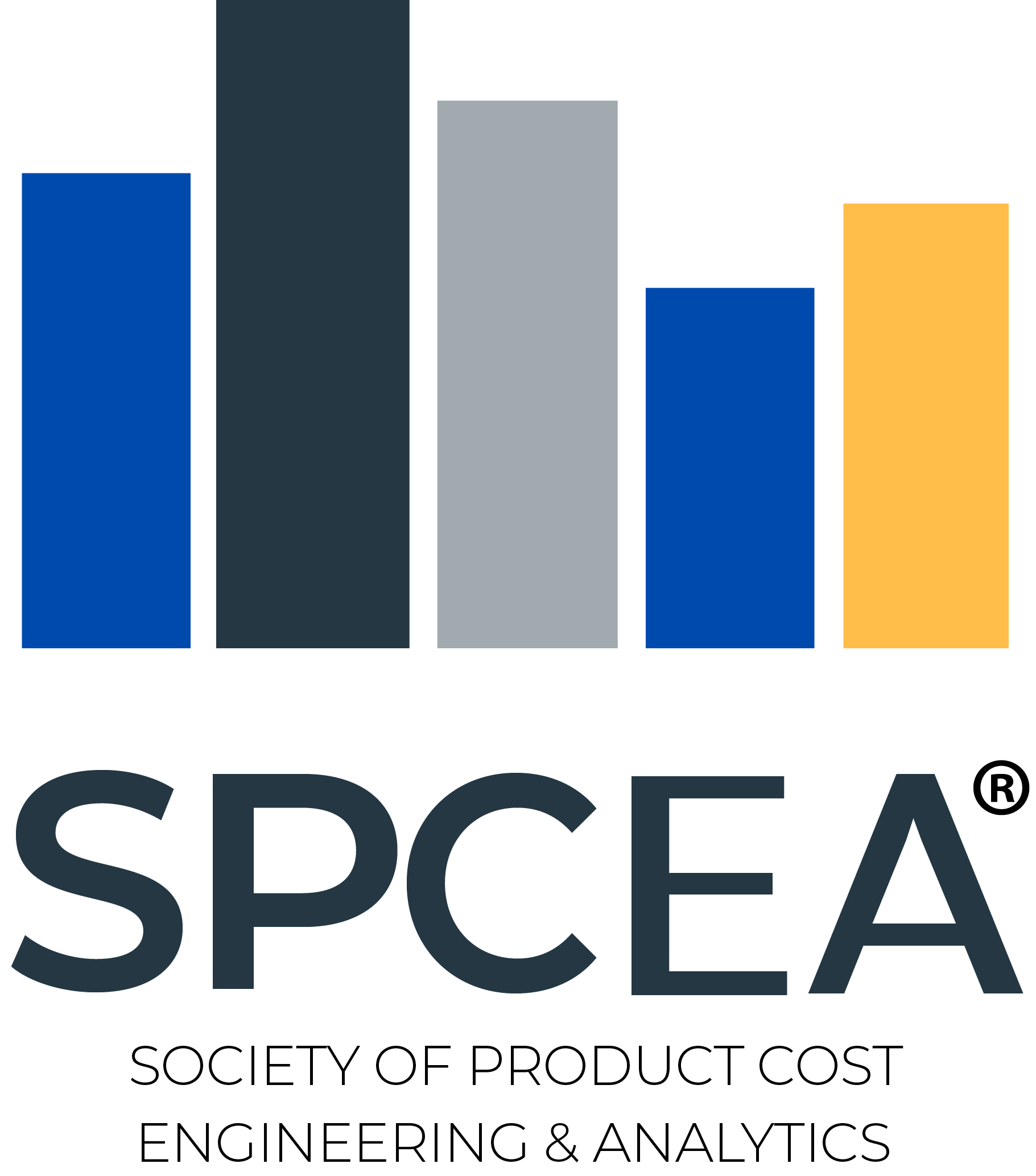
Costing Methods: It Seems That the Question of Relevance has Disappeared
30 to 35 years ago, the profession of management accountancy and more broadly of management control was in turmoil after the publication of two books acknowledging, on the one hand, a loss of relevance of cost management accounting (1987, Relevance Lost)i and, on the other hand, proposing a new approach (1988, The CAM-I conceptual design)ii. The years from 1990 to 2000 were marked by these challenges and saw the international adoption of Activity Based Costing (ABC). But the spread of ABC was accompanied by the creation of more and more alternative methods, to the point of making the offer unreadable 15 years later. There is no international census of this offer, but it can undoubtedly be said that it exceeds thirty methods. In such a context, how can you choose ? This question arises
both for teachers in charge of training future management controllers and for management controllers in place in charge of developing their methods. An embryonic answer was provided in the early 2010s by the International Federation of Accountants (IFAC) and the Institute of Management Accounting (IMA), but without addressing the question of relevance, a question that was at the beginning of the entire dynamic of the 1990s. In Part 2, starting with a cost meta-model, we will come back to the question of relevance.
A Plethora of Offers
From the early 1990s, divergent versions of the ABC were proposed by consultants due to the lack of a common methodology. Reading the CAM-I book often leads to the construction of cost systems that are disconnected from the responsibility structure. The activities are transversal to the functions. Reading P. Turney’s book (Common Cents)iii produces cost systems that reconstitute the central functions that have been decentralized to be as close as possible to the operational services (maintenance and quality in particular). The work carried out at Harvard leads to extremely complex cost systems, sometimes with several hundred activities. This detail makes the maintenance of the
system tricky and its use for strategic thinking problematic.
These divergences have opened the way to multiple proposals, some based on concepts foreign to ABC, such as Unit of Added Value (UAV) or Direct Added Value (VAD) in France, Resources Consumption Accounting (RCA) in the USA, others relying on the difficulties of ABC to propose new variants such as Management By Means (MBM) or Time Driven Activity Based Costing (TDABC).
But the characteristic of all these offers is their claim to universality, none of which offers a diagnosis
of their relevance concerning the structures in which they are implemented.

Two Divergent Interpretations of this Plethora of Offers.
Faced with this situation, two very divergent reading proposals appeared in the early 2010s.
The first comes from IFAC (Fig. 2)iv and offers us a classification of the main methods by distinguishing between descriptive and predictive methods. This distinction is surprising because a descriptive method can always become predictive when it is run with forecast data. Beyond this point of divergence, what is striking is the physical presentation of the continuum of methods. The oldest are at the bottom left and the most recent at the top right, implicitly inducing the idea of continuous progress, a new method appearing when the current one has reached a stage of maturity! At no time is the question of relevance addressed, suggesting that the mature method of the moment is the right method for all organizations.

The IMA’s proposal is more interesting because it does not propose a hierarchy of methods but a tool to help with construction or diagnosis.
 A principle must structure any cost system, and that is the principle of causality, which is translated in the diagram under two terms: causality when the system is built and analogy when the system is used. The concepts are known and widely used in the presentation of even the most traditional cost systems. What is striking is the absence of a hierarchy of concepts. Traceability and reprocessing of data apply to resources, homogeneity and capacity for productive activity, etc.
A principle must structure any cost system, and that is the principle of causality, which is translated in the diagram under two terms: causality when the system is built and analogy when the system is used. The concepts are known and widely used in the presentation of even the most traditional cost systems. What is striking is the absence of a hierarchy of concepts. Traceability and reprocessing of data apply to resources, homogeneity and capacity for productive activity, etc.
Unfortunately, this diagnostic tool remains confined to the structure of cost systems and does not
address the question of relevance, which is fundamental for diagnosis.
i H.T. Johnson and R.S. Kaplan. Relevance Lost, the rise and fall of management accounting, Harvard
Business School Press, 1987
ii C. Berliner and J.A. Brimson. Cost Management for Today’s Advanced Manufacturing, The CAM-I
Conceptual Design, Harvard Business School Press, 1988
iii P. Turney. Common Cents: The ABC Performance Breakthrough, Cost Technology 1991
iv IFAC .Evaluating the costing journey: A costing levels continuum maturity framework 2.0, Information
paper January 2012, updated November 2013
v IMA The conceptual framework for managerial Costing, (2013, and 2014) Montvale, NJ

Pierre Mévellec was a professor at the University of Nantes (France) and in charge of its master’s degree in management control program from 1989 to 2007. He also consulted on ABC with large French companies (automotive, aeronautics, nuclear, pharmaceutical, agrobusiness) and the public sector (university, hospitals, airports). He has authored many books and a large number of articles on management control. Nearly all of them are available on his webpage at Researchgate.net

